Last Updated on February 5, 2025
WHMIS Symbols 2025 with meanings [New Updated] Symbols (pictograms) are used in WHMIS to represent the type of hazard a hazardous substance presents visually. This will also help for WHMIS Test 2024.
WHMIS Pictograms/ Symbols
Workplace Hazardous Materials Information System (WHMIS) was introduced in Canada in 1988 so that workers could receive information about the hazardous products they may use.
The WHMIS Pictograms/ Symbols are graphic images that immediately show you what type of hazard a hazardous product presents. With a quick glance, you can see, for example, that the product is flammable, or if it might be a health hazard.
Most pictograms have a distinctive red, diamond-shaped border. Inside this border is a symbol representing the potential hazard (fire, health hazard, corrosive, etc.). Together, the symbol and the border are referred to as a pictogram. Pictograms are assigned to specific hazard classes or categories.
WHMIS Symbols are used in WHMIS to represent the type of hazard a hazardous substance presents visually. You will see both pictograms and class symbols in the workplace and it’s important to understand both.
![WHMIS Symbols 2025 with meanings (Pictograms) [New Updated]](https://gotestprep.com/wp-content/uploads/2020/06/WHMIS-Symbols-with-meanings.png)
WHMIS Symbols 2025 Symbols with meaning (New)
WHMIS 2015 retains the use of class symbols:
|
Symbols |
Description |
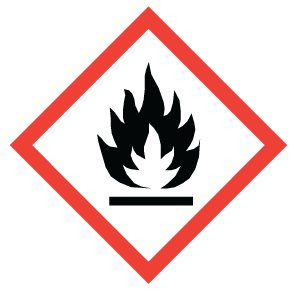 |
Name: Flame
Meaning: Oxidizer Classes and Categories
|
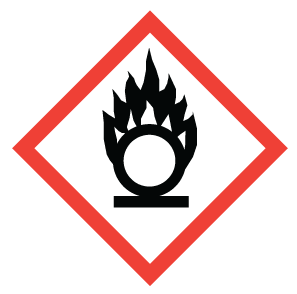 |
Name: Flame Over Circle
Meaning: Flammable, Self-Reactive, Pyrophoric, Self-heating, In Contact With Water, Emits Flammable Gases, Organic Peroxide Classes and Categories
|
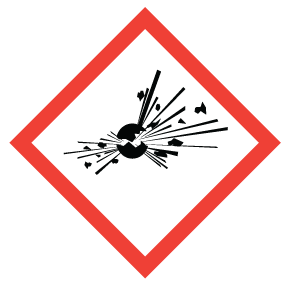 |
Name: Exploding Bomb
Meaning: Explosive**, Self-Reactive (severe), Organic Peroxide (severe) Classes and Categories
|
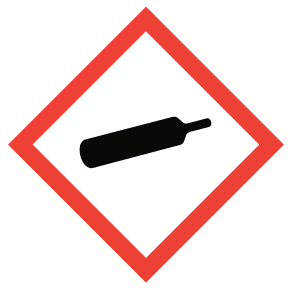 |
Name: Gas Cylinder
Meaning: Gas Under Pressure Classes and Categories
|
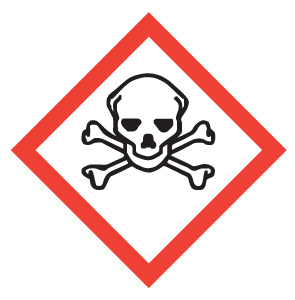 |
Name: Skull and Crossbones Meaning: Acute Toxicity (fatal or toxic) Classes and Categories
|
 |
Name: Corrosion
Meaning: Serious Eye Damage, Skin Corrosion, Corrosive to Metals Classes and Categories
|
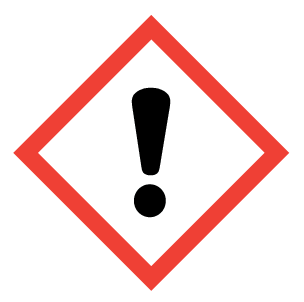 |
Name: Exclamation Mark
Meaning: Irritation (skin or eyes), Skin Sensitization, Acute Toxicity (harmful), Specific Target Organ Toxicity (drowsiness or dizziness, or respiratory irritation), Hazardous to the Ozone Layer** Classes and Categories
|
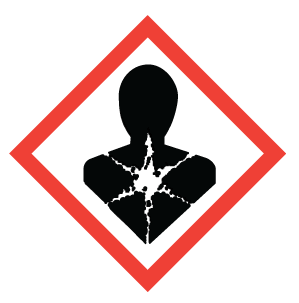 |
Name: Health Hazard
Meaning: Carcinogenicity, Respiratory Sensitization, Reproductive Toxicity, Target Organ Toxicity, Germ Cell Mutagenicity, Aspiration Hazard Classes and Categories
|
 |
Name: Environment
Meaning: Aquatic Toxicity** May cause damage to the aquatic environment |
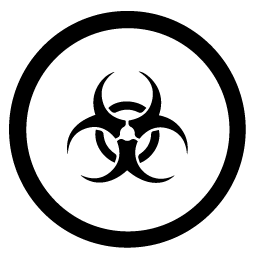 |
Name: Biohazardous
Meaning: Biohazardous Infectious Materials Classes and Categories
|
* Both the Flame and Explosive pictogram are used for Self-reactive substances and mixtures (Type B) and Organic peroxides (Type B)
** Not required by WHMIS 2015, but may be used.
WHMIS 1988 (Old) Symbols with meaning
WHMIS 1988 retains the use of class symbols: The following table shows the pictograms. The name of each pictogram is in bold type. The words in the brackets describe the hazard.
|
Symbols |
Hazard class |
Meaning |
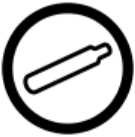 |
CLASS A | Compressed Gas |
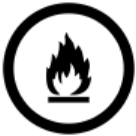 |
CLASS B | Flammable and Combustible Material |
 |
CLASS C | Oxidizing Material |
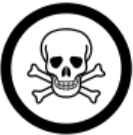 |
CLASS D1 | Poisonous and Infectious Material (causing immediate and serious effects) |
 |
CLASS D2 | Poisonous and Infectious Material (causing other toxic effects) |
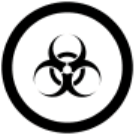 |
CLASS D3 | Poisonous and Infectious Material
(Biohazardous Infectious Material) |
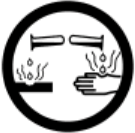 |
CLASS E | Corrosive Material |
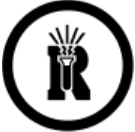 |
CLASS F | Dangerously Reactive Material |
Download WHMIS Symbols 2024 with meanings [PDF]
| Document Type | Download Link |
| Free Editable Doc File | |
| Free Printable PDF File |
- WHMIS Practice Test 2025 With Study Guide [PDF]
- WHMIS Quiz – 1 Practice Test Question Answer [PDF]
- WHMIS Quiz – 2 Practice Test Question Answer [Live Score]
- WHMIS Symbols Quiz Question Answers
- WHMIS Test 2020 (30 Questions) Part 1
- WHMIS Symbols (study guide)
Reference: https://www.ccohs.ca/WHMISpictograms.html
